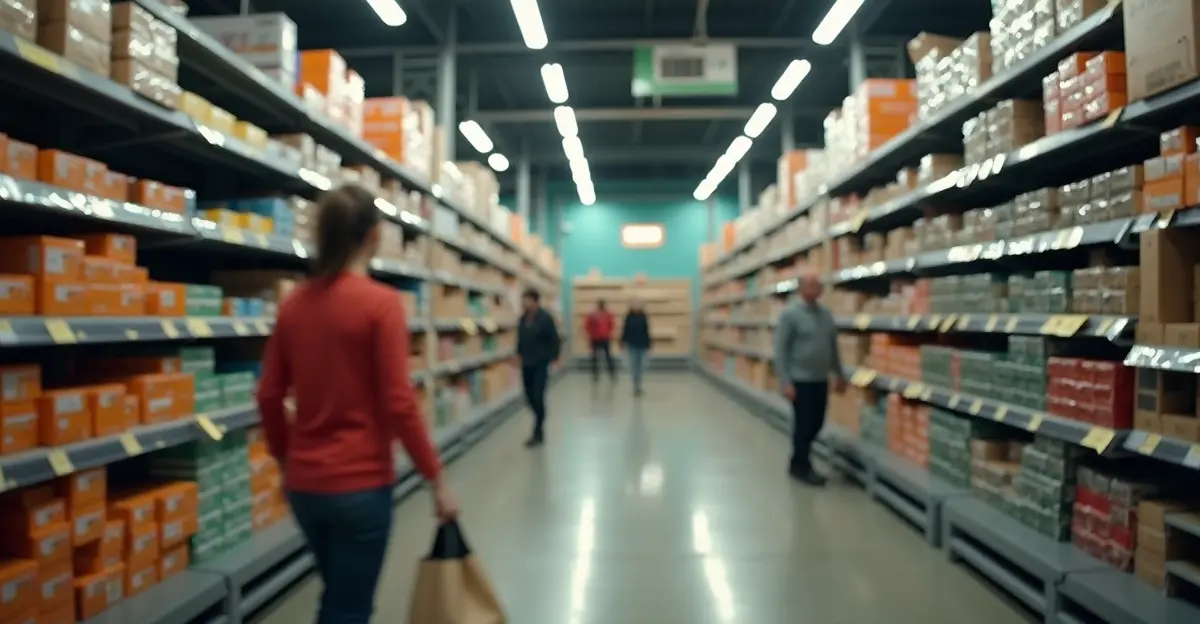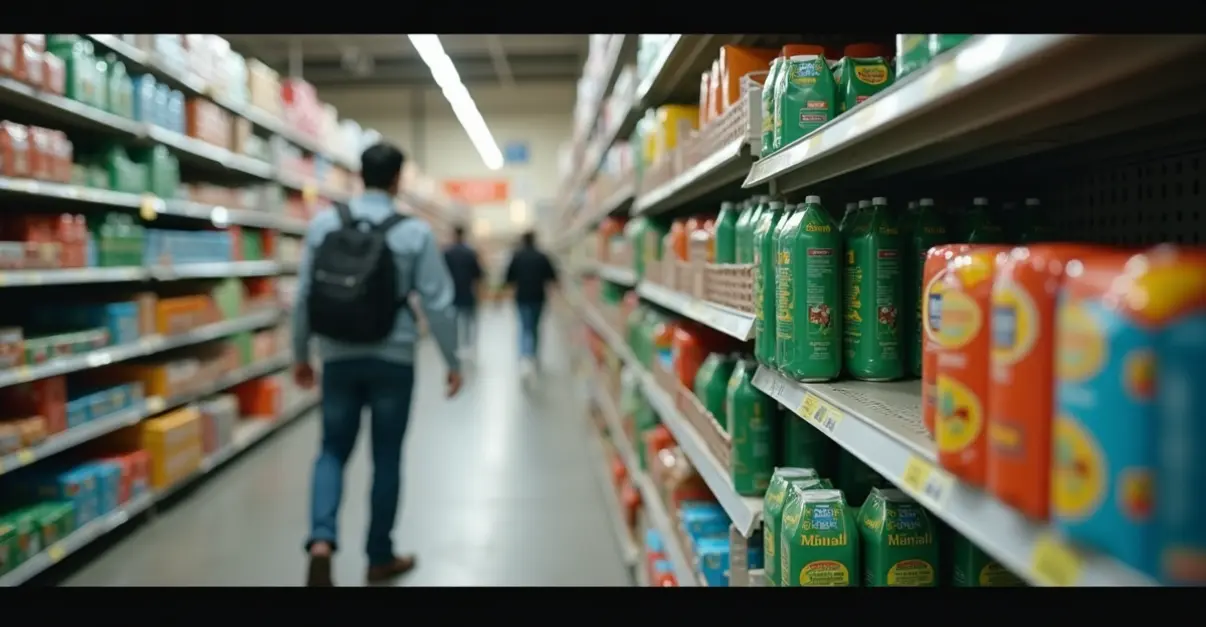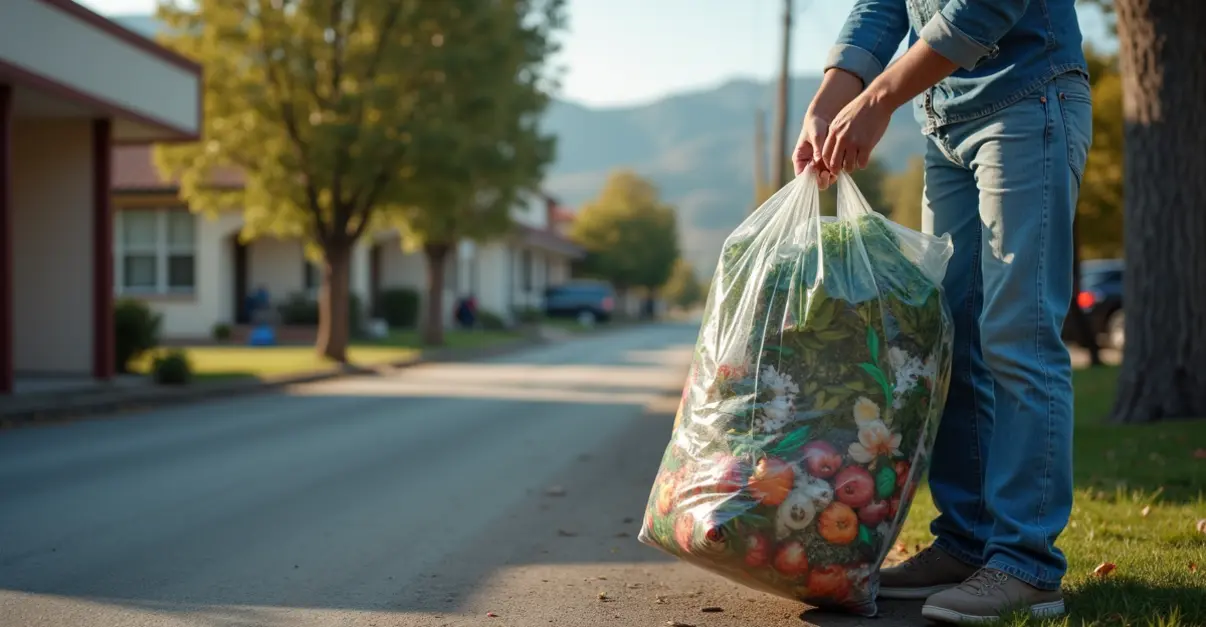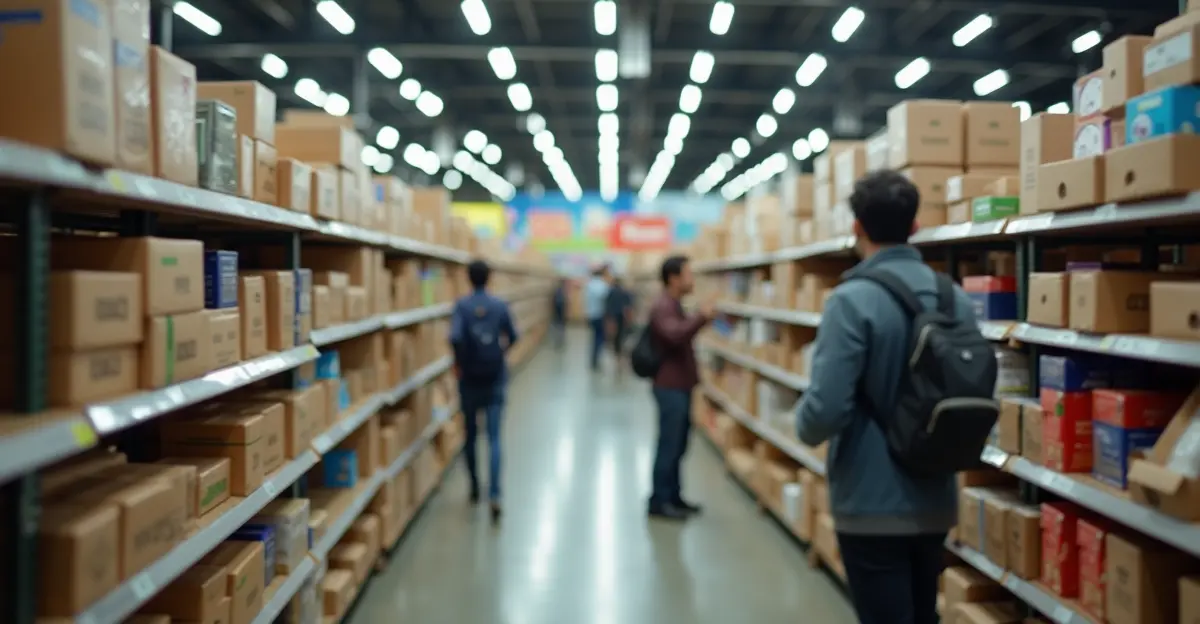Major retailer announces 45% packaging waste reduction by 2030 through supply chain overhaul, new labeling systems, and $500M recycling infrastructure investment. Initiative responds to consumer demand and regulatory changes.

Retail Giant Announces Ambitious Packaging Overhaul
In a landmark sustainability announcement, one of the world's largest retailers has committed to reducing packaging waste by 45% across its supply chain by 2030, with immediate changes rolling out throughout 2025. The comprehensive strategy includes redesigning packaging materials, implementing new consumer labeling systems, and overhauling recycling infrastructure at thousands of store locations.
Supply Chain Transformation
The retailer's supply chain transformation represents one of the most significant packaging overhauls in recent retail history. 'We're fundamentally rethinking how products move from manufacturer to consumer,' said Lucas Martin, the company's sustainability director. 'This isn't just about using less plastic—it's about creating a circular system where packaging materials have multiple lives.'
The initiative includes replacing traditional plastic packaging with innovative alternatives like mushroom-based materials and plantable packaging that consumers can compost or plant. The company is also investing heavily in post-consumer recycled (PCR) content, aiming to incorporate 30% PCR materials across all packaging by 2026.
Consumer Education and Labeling Revolution
A key component of the strategy involves transforming how consumers interact with packaging. New labeling systems will feature clear recycling instructions, QR codes linking to disposal information, and standardized symbols indicating compostability and recyclability. 'Research shows only 31% of consumers understand compostable packaging benefits,' noted Martin. 'We're changing that through education and clear communication.'
The retailer is launching a comprehensive consumer education campaign that includes in-store demonstrations, social media content, and partnerships with environmental organizations. According to recent studies, consumers who understand sustainable packaging benefits are significantly more likely to purchase these alternatives.
Recycling Infrastructure Investment
The company is committing $500 million to upgrade recycling infrastructure at its stores and distribution centers. This includes installing advanced sorting systems, expanding collection programs for difficult-to-recycle materials, and partnering with municipalities to improve local recycling capabilities.
'The reality is that 40% of Americans lack basic recycling access,' Martin explained, referencing industry data. 'We're not just waiting for infrastructure to catch up—we're helping build it.'
Regulatory Landscape and Industry Impact
The announcement comes as Extended Producer Responsibility (EPR) legislation accelerates across multiple states. Seven states now have comprehensive packaging EPR laws, shifting financial responsibility for packaging waste from municipalities to producers. The retailer's initiative aligns with these regulatory trends while setting new industry standards.
'Other major companies are watching closely,' said an industry analyst. 'When a retailer of this scale makes these commitments, it creates ripple effects throughout the entire supply chain.'
Consumer Response and Market Trends
Consumer demand for sustainable packaging continues to grow, with recent surveys showing 68% of shoppers prefer sustainable brands and 85% of Gen Z considering sustainability in purchasing decisions. The retailer's packaging overhaul responds directly to these market trends while addressing growing regulatory pressures.
The company plans to complete the initial phase of packaging redesigns by the end of 2025, with full implementation across all product categories expected by 2027. Early pilot programs have already shown significant waste reduction and positive consumer feedback.

 Nederlands
Nederlands
 English
English
 Deutsch
Deutsch
 Français
Français
 Español
Español
 Português
Português









